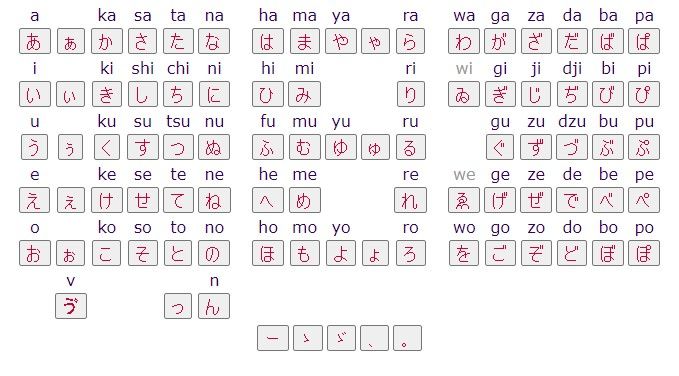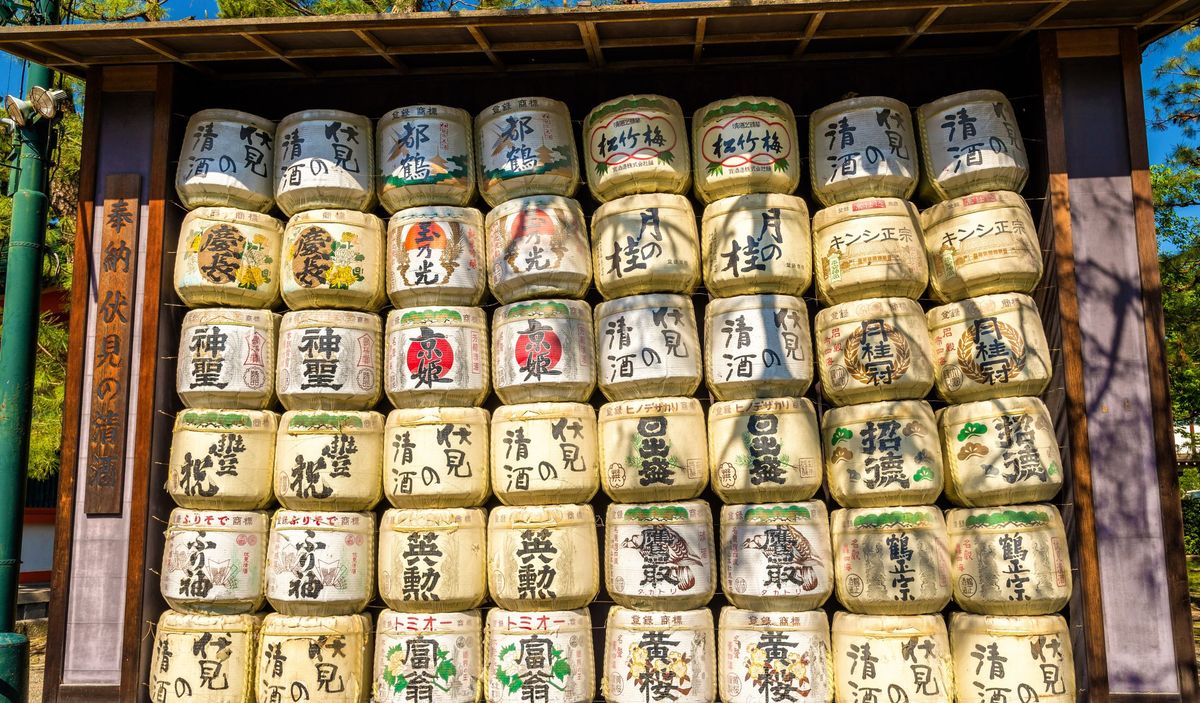Hiragana, one of the three writing systems in the Japanese language, holds a special place as the fundamental building block of Japanese written communication. Derived from Chinese characters, hiragana provides a phonetic representation of Japanese words, making it an essential tool for beginners and native speakers alike. In this article, we will delve into the origins, structure, and usage of hiragana, demystifying its complexities and showcasing its importance in the Japanese language.
Origins of Hiragana
Hiragana's origins can be traced back to Japan's early history, where writing systems were heavily influenced by Chinese characters, known as kanji. In the 5th century, when Japan started developing its own system of writing, there was a need for a script that could capture the nuances of the Japanese language, which had a different structure and grammar than Chinese.
- The Kana System: In the 9th century, the Kana system was developed as a solution to the challenges posed by kanji. The Kana system included both hiragana and katakana, with hiragana being the more cursive and rounded form. It was the women of the Heian period (794-1185) who played a crucial role in the creation of hiragana.
- The Onna-de and the Man'yogana: The Onna-de, meaning "women's hand," were female writers and courtiers who were highly educated. They were responsible for transcribing and preserving important literary works and documents. However, the complexity of kanji proved to be a barrier for many of them to write efficiently.
To address this issue, a simplified script called the Man'yogana emerged in the 8th century. The Man'yogana was a phonetic representation of the sounds of Japanese using a subset of Chinese characters. This early form of kana paved the way for hiragana.
The Invention of Hiragana:
In the mid-9th century, Kobo Daishi (Kukai), a prominent Buddhist monk and scholar, further simplified the Man'yogana characters, resulting in the creation of hiragana. Kobo Daishi recognized the need for a script accessible to everyone, not just the educated elite, in order to facilitate communication and literacy among the general population.
Kobo Daishi's contribution to the development of hiragana is celebrated to this day, and he is often credited with creating the first 48 hiragana characters. Over time, this set was refined to the 46 basic characters that are still in use today.
The Evolution and Popularity of Hiragana:
Initially, hiragana was primarily used by women for personal communication and artistic expression, particularly in diaries and literature. However, as the script became more widespread and accessible, it found its way into various other domains, including official documents, poetry, and even religious texts.
The popularity of hiragana grew rapidly during the Heian period, and by the Kamakura period (1185-1333), it had firmly established itself as an essential component of the Japanese writing system.
Coexistence with Kanji and Katakana:
Throughout Japanese history, hiragana has coexisted with kanji and katakana, each serving different purposes. Kanji is used to represent complex concepts, nouns, and verbs, while hiragana fills in the gaps by providing phonetic readings, grammatical elements, and native Japanese words.
Together with katakana, which is used primarily for foreign loanwords and emphasis, hiragana forms a triad of scripts that give the Japanese its distinct written identity.
Structure and Characters
Hiragana consists of 46 basic characters, each representing a distinct sound in the Japanese language. These characters are organized into five vowel sounds (a, i, u, e, o) and nine consonant sounds (k, s, t, n, h, m, y, r, w). Additionally, hiragana includes combined characters, such as "kyo" (きょ) and "sha" (しゃ), formed by adding diacritical marks to the base characters. This versatility enables hiragana to accurately represent the diverse sounds of the Japanese language.
Pronunciation Guide
To effectively use hiragana, it is crucial to understand the pronunciation rules. Unlike English, Japanese has a consistent phonetic system where each hiragana character corresponds to a specific sound. For instance, "あ" is pronounced as "a," "か" as "ka," and "さ" as "sa." Learning these pronunciation rules early on helps in developing a solid foundation for reading and writing in Japanese.
Applications and Usage
Hiragana plays a vital role in Japanese writing, serving various purposes and applications:
- Furigana: Furigana refers to the small hiragana characters placed above or alongside kanji to provide pronunciation assistance, particularly for difficult or uncommon words. This aids learners and children in reading complex texts and allows for easier comprehension.
- Grammar and Sentence Structure: Hiragana is extensively used in grammatical structures, verb conjugations, and particles, which are essential for forming sentences in Japanese. Understanding hiragana allows learners to grasp the nuances of sentence construction, improving their overall comprehension and communication skills.
- Children's Books and Beginners' Materials: Hiragana is the first writing system taught to Japanese children and is commonly used in children's books, educational materials, and language textbooks for beginners. Its simplicity and phonetic nature make it accessible to learners at all levels.
- Informal Writing: Hiragana is frequently employed in informal writing, including personal letters, diaries, and casual online conversations. This usage adds a sense of informality and familiarity to the text, creating a friendly and approachable tone.

Learning Hiragana
Learning hiragana is an essential step for anyone interested in mastering the Japanese language. Here are some tips to facilitate the learning process:
- Mnemonics and Visual Associations: Associating each hiragana character with a memorable image or story can aid in memorization. For example, envisioning the character "た" as a "T-rex" can help recall its pronunciation.
- Writing Practice: Regularly practicing writing hiragana characters helps reinforce muscle memory and familiarity with their shapes. Utilize practice sheets or writing apps to enhance your penmanship.
- Flashcards and Quizzes: Employing flashcards and online quizzes can be an interactive and effective way to test your knowledge and reinforce memorization of hiragana characters and their pronunciation.
- Language Learning Resources: Utilize textbooks, online tutorials, and language learning apps specifically designed for hiragana instruction. These resources provide structured lessons and exercises to support your learning journey.
Conclusion
Mastering hiragana unlocks the doors to reading, writing, and understanding the Japanese language. Its rich history, systematic structure, and widespread usage make it an indispensable tool for learners and native speakers alike. By familiarizing yourself with hiragana's origins, characters, pronunciation, and applications, you embark on a rewarding journey of discovering the beauty and complexity of the Japanese language. Embrace hiragana as your guide, and let it pave the way for your Japanese language adventure.

FAQs (Frequently Asked Questions) about Hiragana
What is hiragana?
Hiragana is one of the three writing systems in the Japanese language. It consists of 46 basic characters that represent sounds and is used for phonetic representation, grammatical structures, and writing particles.
How is hiragana different from kanji and katakana?
Kanji are complex Chinese characters adopted into the Japanese writing system, while katakana is another phonetic script used for foreign words and emphasis. Hiragana, on the other hand, represents the foundation of Japanese writing and is used for native Japanese words, grammar, and informal writing.
Can I mix hiragana with kanji in writing?
Absolutely! In fact, it is common to see hiragana combined with kanji in Japanese writing. Hiragana is often used alongside kanji to provide furigana, which aids in pronunciation, or for grammatical purposes.
Can I solely rely on hiragana for reading and writing in Japanese?
Hiragana alone is not sufficient for advanced reading and writing in Japanese. Kanji is an integral part of the language, and learning kanji alongside hiragana is essential for a comprehensive understanding of written Japanese.
Are there any online resources to help me learn hiragana?
Yes, there are numerous online resources available to learn hiragana. You can find interactive websites, mobile apps, and video tutorials specifically designed to guide you through the learning process.

